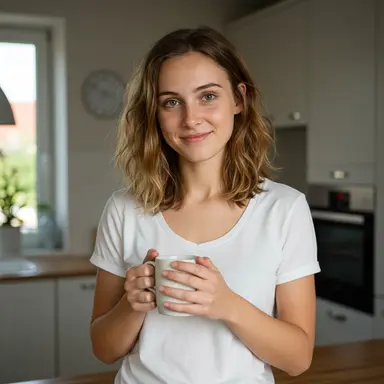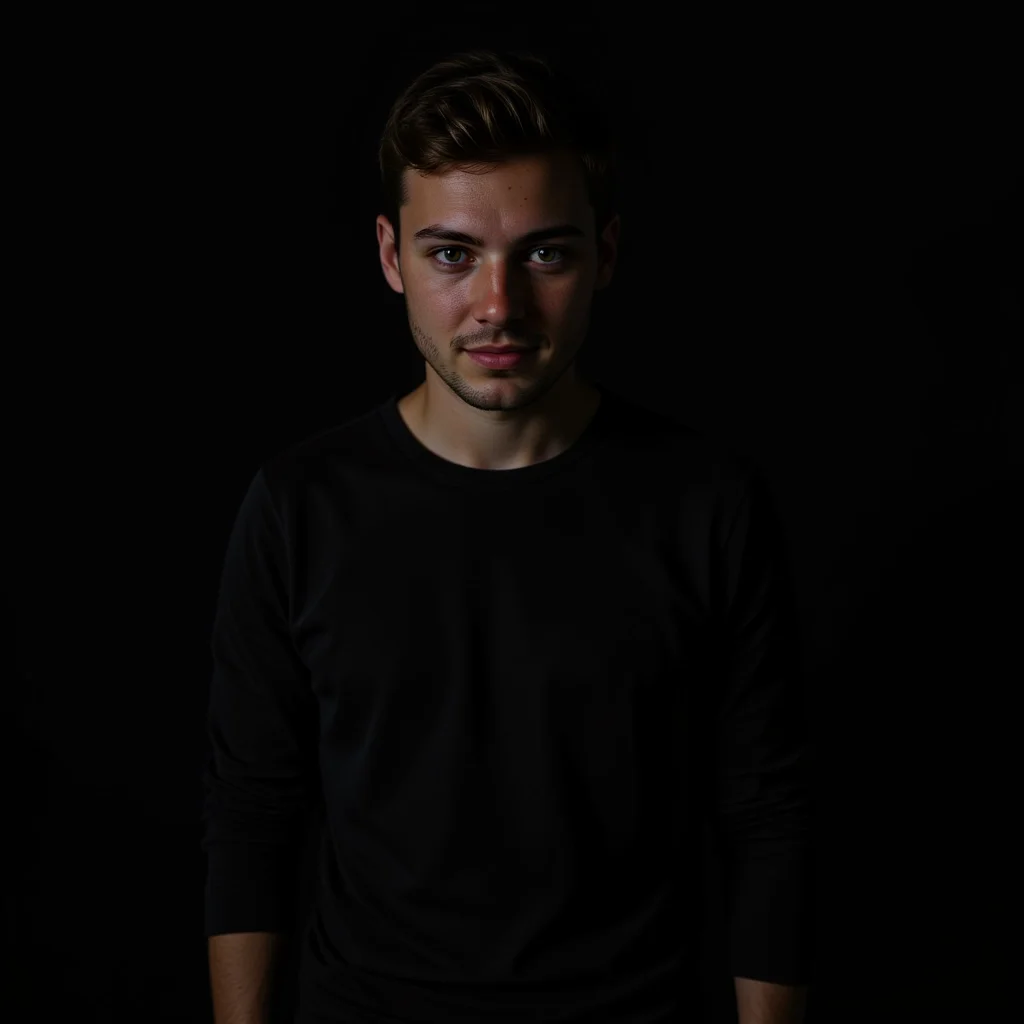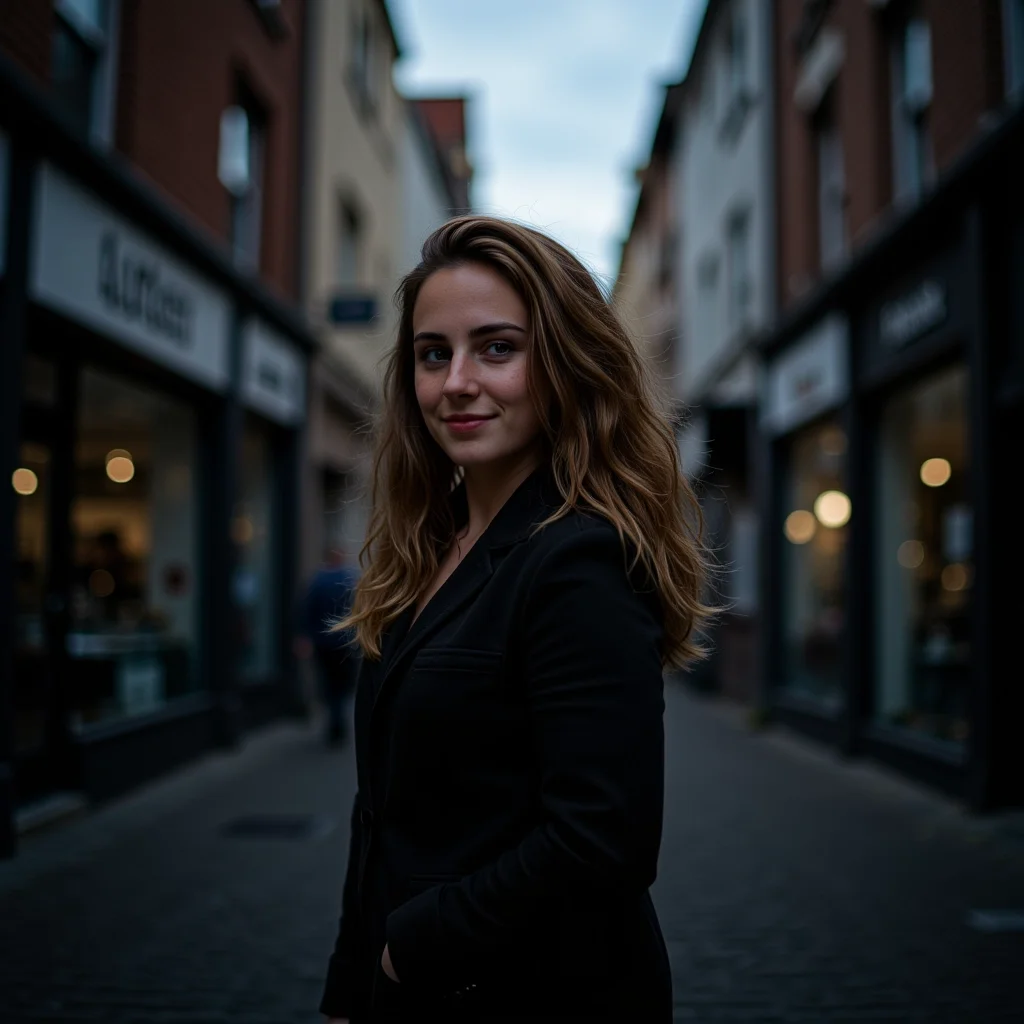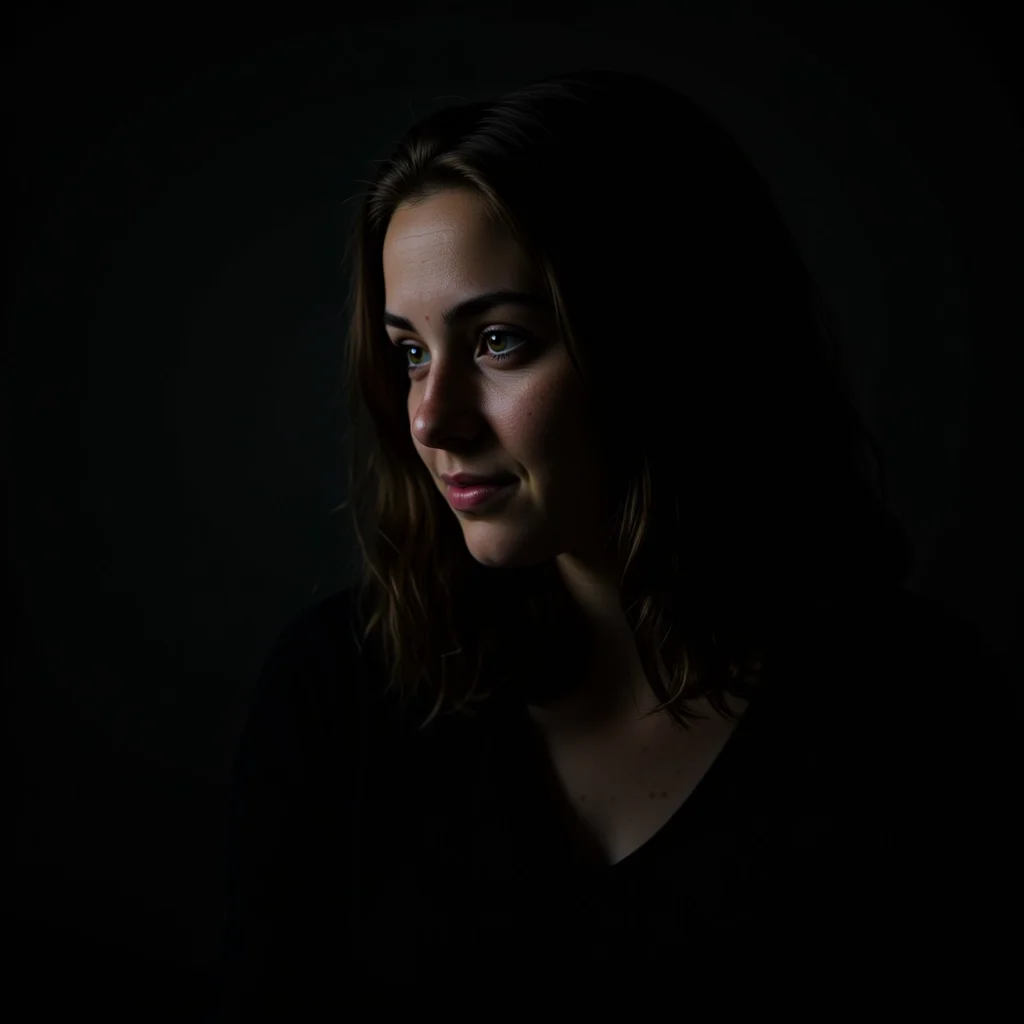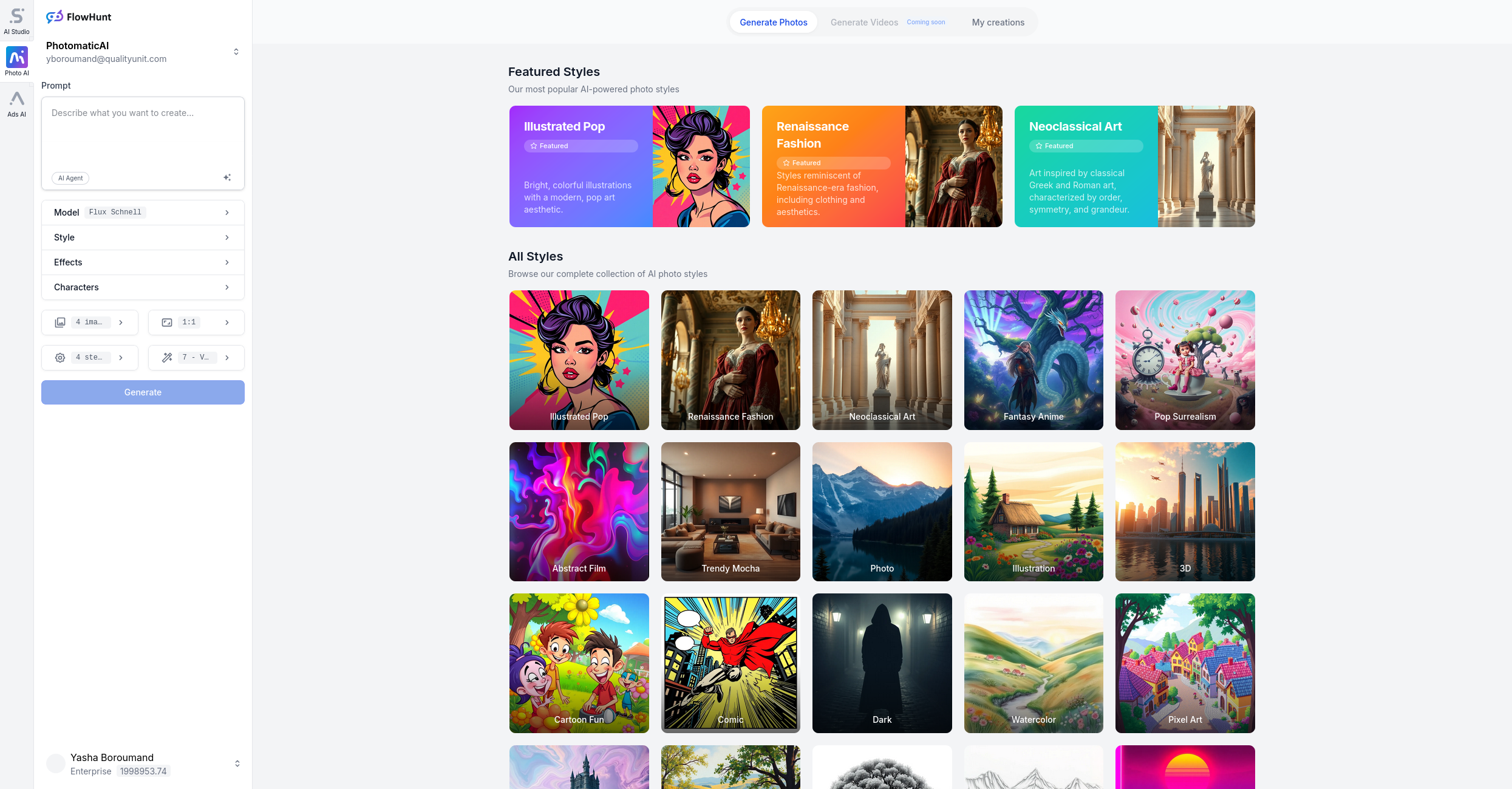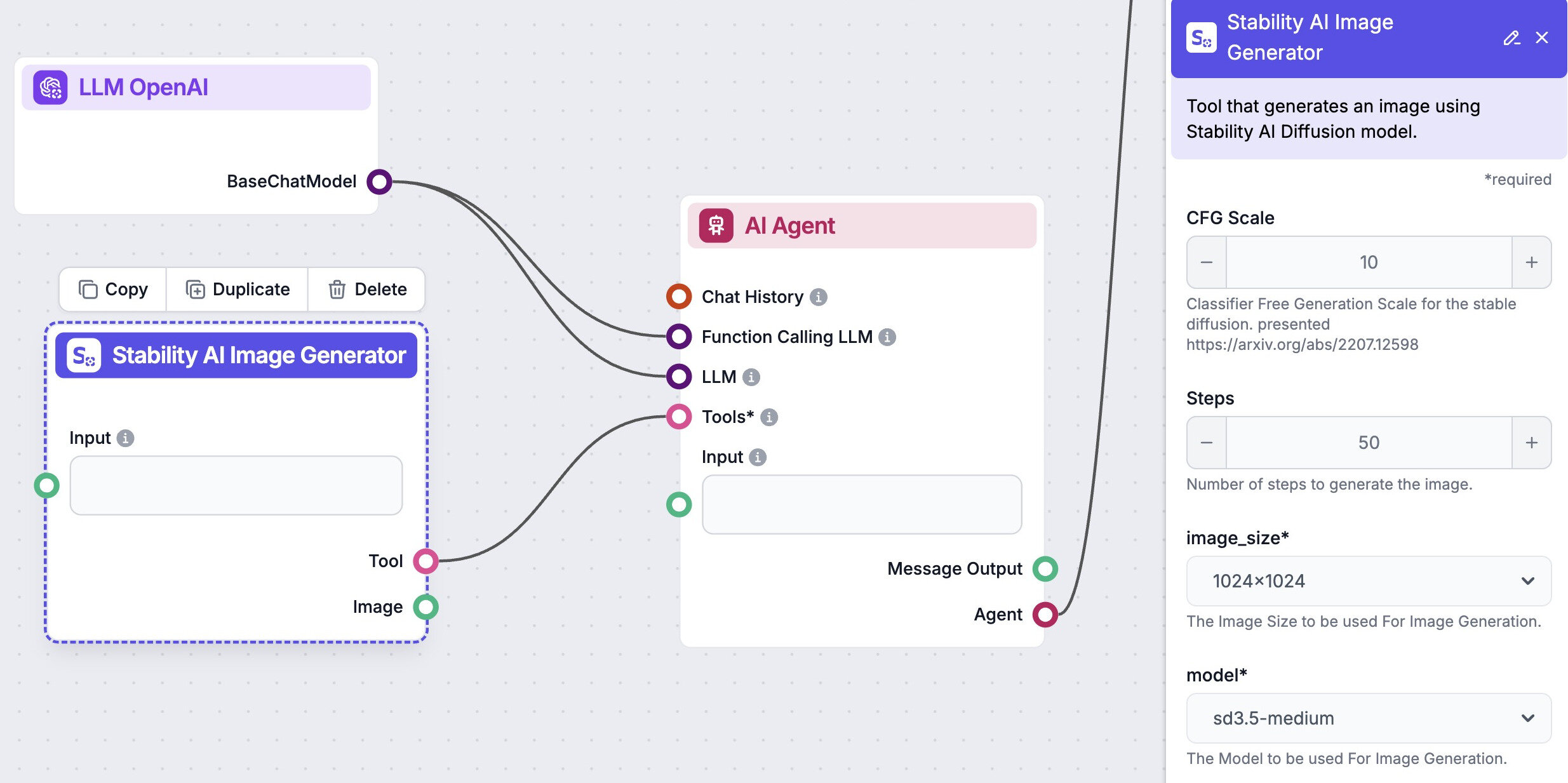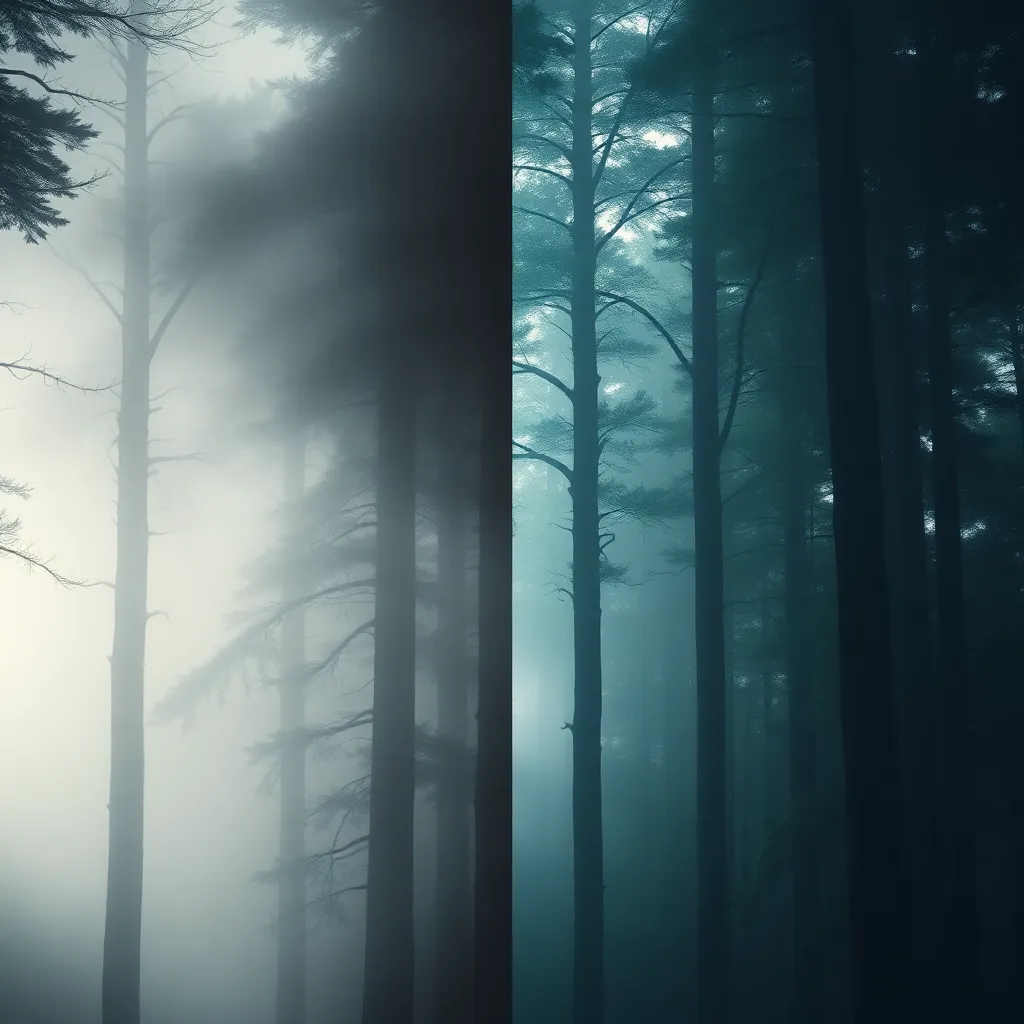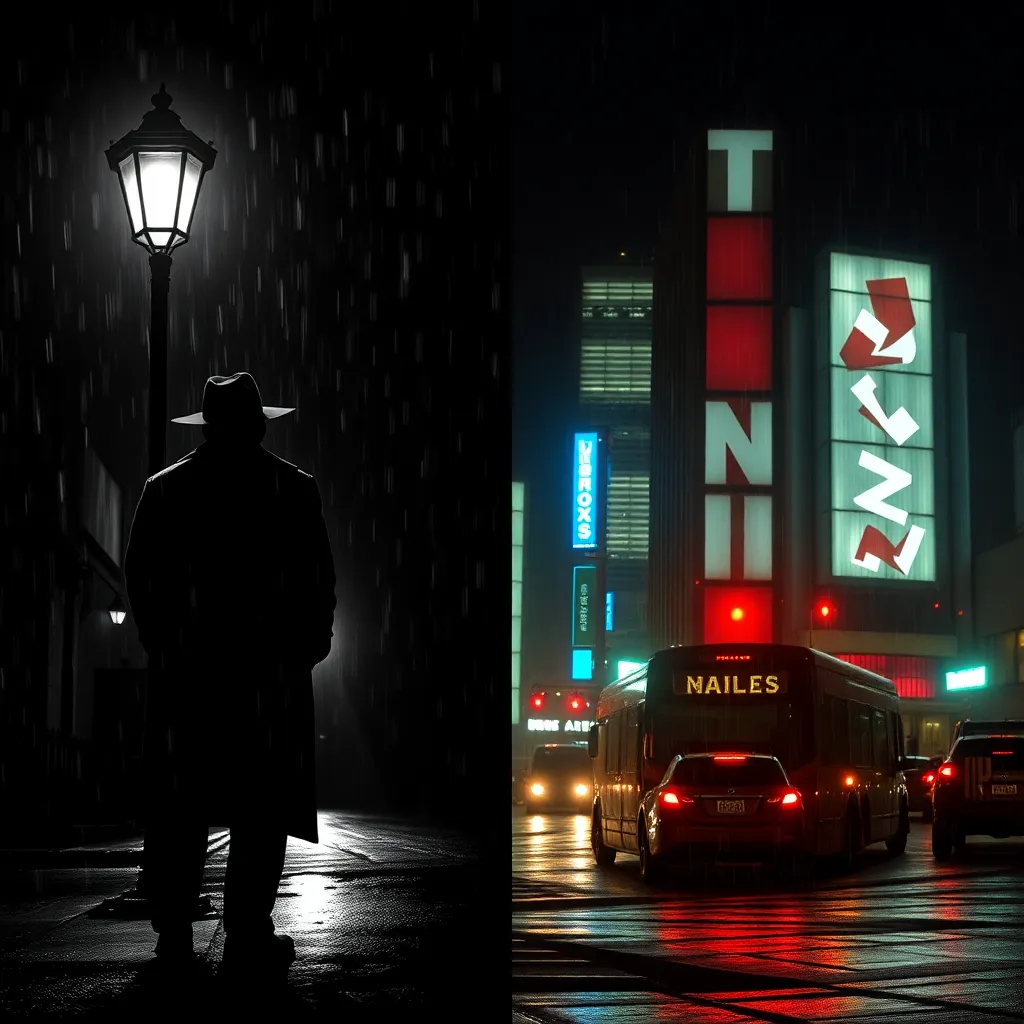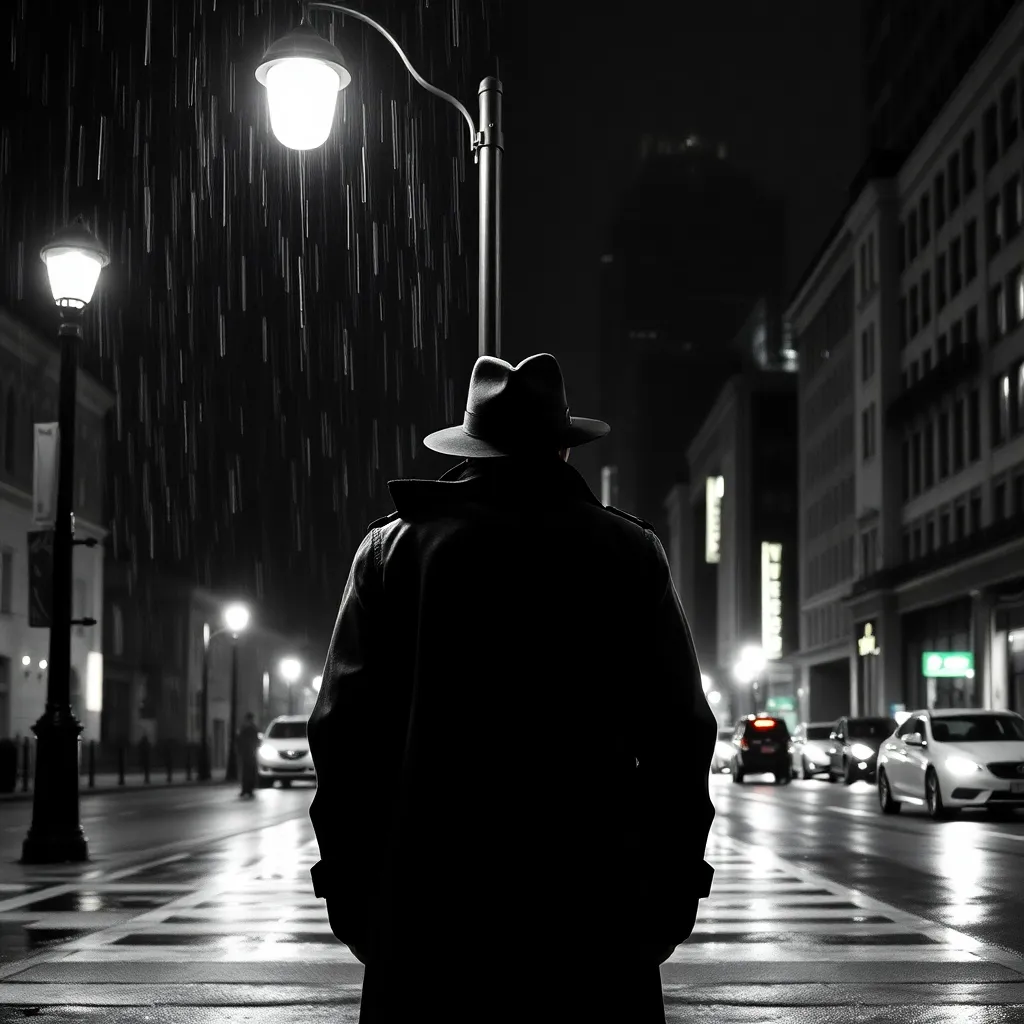
Noir Style Image Generator
Noir Style is a photographic and illustrative effect inspired by the dramatic, high-contrast black-and-white aesthetic of classic 1940s and 1950s film noir. Cha...
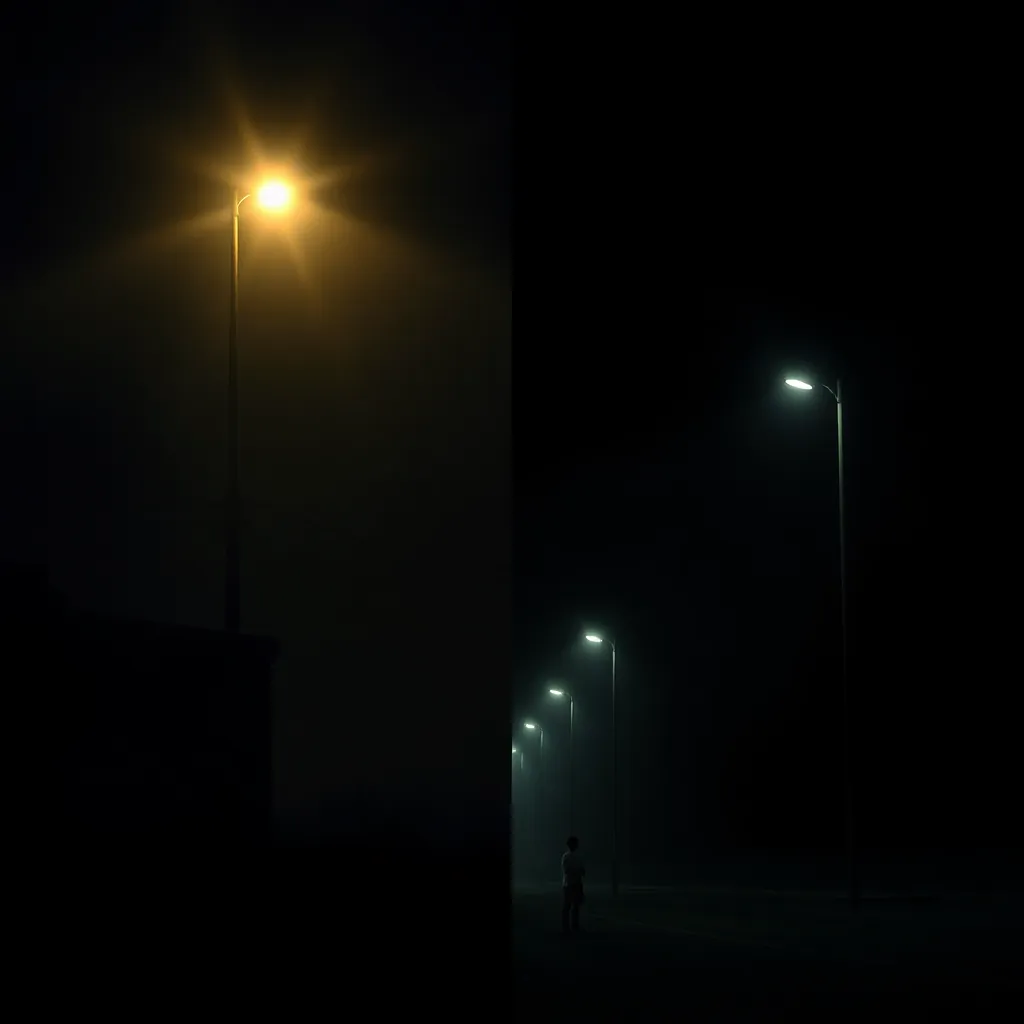
Style
Low Key Cinematic is a photographic lighting and color grading effect characterized by deep shadows, high contrast, and minimal lighting, evoking a dramatic, mysterious, and film-inspired mood. Popular in portrait, urban, and art photography, this style draws viewers into a scene with emotional intensity and visual storytelling, making images appear atmospheric and visually striking.
Train AI Image Models
Train a unique character from your own everyday photos, apply the ready to use Low Key Cinematic AI Image Generator to generate interesting and eye-catching images.
Starting point for AI training is set of your images. More images of same character can be added to improve the model.
Apply ready to use styles and effects on pretrained model or use custom prompt to generate images.
Images generated from the pretrained model
Use our Photomatic AI image generator to create stunning images with Low Key Cinematic effects. Our AI technology lets you produce atmospheric, high-impact visuals in just a few clicks. Try it now and transform your images into cinematic masterpieces!
Generate your own AI images with Low Key Cinematic effects
Low Key Cinematic is a photographic and cinematic style defined by the dominance of dark tones, deep shadows, and minimal but purposeful lighting. In this effect, most of the image is enveloped in shadow, with only specific areas highlighted to direct the viewer’s attention. The result is a dramatic, moody, and highly atmospheric look reminiscent of classic film noir, suspense thrillers, and modern prestige cinema.
The origins of Low Key Cinematic photography can be traced back to the early days of film and theater, particularly the German Expressionist cinema of the 1920s and the American film noir genre of the 1940s and 50s. Cinematographers like John Alton and photographers such as Yousuf Karsh popularized the use of strong shadows, chiaroscuro lighting, and high contrast to tell stories visually and heighten emotional impact. Today, this style remains a staple for photographers and filmmakers aiming to evoke intensity, mystery, or psychological drama.
Low Key Cinematic is favored by a wide array of visual creatives:
By minimizing distractions and focusing light on the subject, Low Key Cinematic style intensifies emotions—whether it’s vulnerability in a portrait or tension in a narrative scene. The interplay of shadow and light naturally draws the viewer’s eye to what matters most.
The selective use of lighting ensures the subject stands out from the background, making the image immediately engaging. This is especially effective in portraiture and product photography where clarity of subject is essential.
Deep shadows and careful highlights can transform a simple scene into a cinematic moment, suggesting mystery, intrigue, or a specific narrative context—like a detective in a rain-soaked alley or an actor mid-performance.
Shadows reveal and sculpt the form, emphasizing textures—such as the grain of wood, the folds of clothing, or the contours of a face—adding a tactile, three-dimensional quality to the image.
The Low Key Cinematic style has a classic, almost painterly quality that transcends trends. Its association with the golden age of cinema gives images a timeless, artful impact.
Ideal for emotional, character-driven portraits. The style can be used to capture intense expressions, dramatic poses, or artistic character studies.
Perfect for recreating film noir, detective stories, or any narrative scene where mood and suspense are key elements.
Low Key Cinematic is especially effective at night, capturing the play of city lights and shadows to convey urban drama, loneliness, or excitement.
The style lends itself to high-impact visuals for marketing films, theater productions, or books, creating intrigue and anticipation.
Used to isolate performers on stage, highlighting their expressions and movements while letting the rest fade into mystery.
Brings out the tactile quality of objects, making everyday items look rich, mysterious, or even nostalgic.
Use a single light source such as a softbox, spotlight, or even a window. Position it strategically to emphasize the subject’s features and cast dramatic shadows.
Set your camera to expose for the highlights, letting the shadows fall naturally dark. Use a low ISO to minimize noise and keep tones clean.
A black or dark-colored backdrop makes it easier to achieve deep shadows and isolate the subject.
Use photo editing tools to deepen blacks, boost contrast, and subtly adjust color tones for a cinematic finish. Experiment with vignettes and selective sharpening for added drama.
Direct your subject to convey emotion through pose and expression. The lighting will amplify these cues for maximum impact.
The Low Key Cinematic style is a powerful tool for any photographer or visual artist looking to create images with emotional depth, artistic flair, and storytelling power. Whether you’re shooting portraits, cityscapes, or still life, mastering this style will add a bold, professional, and timeless quality to your work. Start experimenting with shadows, lighting, and composition—and let your creativity shine through the darkness.
Automate your image generation with AI Agents
The Low Key Cinematic effect is a photographic style that uses minimal lighting and deep shadows to create dramatic, high-contrast images. It evokes a moody, atmospheric, and often film-inspired look that draws attention to the subject while adding emotional depth and visual intrigue.
To achieve the Low Key Cinematic look, use a single light source or limited lighting, position your subject against a dark background, and adjust the camera settings (such as a low ISO and narrow aperture) to emphasize shadows and contrast. Post-processing tools can further enhance the effect by deepening blacks and adjusting color tones.
Low Key Cinematic effects are particularly effective in portrait, urban, fine art, and dramatic scene photography. They are also popular for theater, film poster, and still life shots where mood and atmosphere are essential.
Yes, you can create Low Key Cinematic images with basic equipment by carefully controlling the lighting and exposure in your scene. Many photo editing apps and AI tools also offer presets or filters to help achieve this dramatic effect.
While the Low Key Cinematic style works well for many subjects that benefit from strong mood and dramatic contrast, it may not be ideal for scenes that require bright, natural, or airy aesthetics such as typical family or event photography.
Let us help you automate your marketing tasks. Our platform allows you to create custom AI chatbots, agents, and workflows that can handle a wide range of tasks, from customer support to content generation.
Generate professional marketing visuals in seconds. Our AI creates stunning images that maintain brand consistency across all your campaigns without expensive design services.
Produce large volumes of customized content efficiently. Create hundreds of images, blog posts, and marketing materials simultaneously with our AI automation workflows.
Train AI models on your brand assets to create unique, on-brand visuals for any campaign. Maintain consistent visual identity across all marketing channels with character training technology.
Noir Style is a photographic and illustrative effect inspired by the dramatic, high-contrast black-and-white aesthetic of classic 1940s and 1950s film noir. Cha...
Dark Style is a dramatic photographic effect characterized by deep shadows, high contrast, and moody tones. Popular in portrait, urban, fashion, and fine art ph...
Fin Out Noir is a dramatic photographic style inspired by the iconic look of classic Film Noir cinema. Characterized by high-contrast black and white imagery, d...
